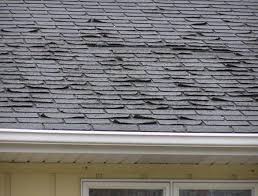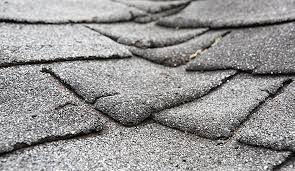How To Test Your Roof For Leaks (Before it Rains)
by N Turner |October 13, 2018
Roofing Specialists Northwest – Blog
When your roof leaks, it can slowly but surely turn your home from clean and healthy to musty, broken down and even potentially dangerous. The only thing that compares to the damage that water can do is the damage that fire can do, and fire is far easier to spot early on. The good news is, you do not need to wait until it rains to determine if your roof is likely to leak.
Underlayment
Unless you patrolled the roof being installed, you may have no idea if the majority of your decking is covered in underlayment. This is a layer of water-resistant fabric that goes under your shingles, that can slow down the damage during the rain if worse goes to worst. However, you can check to see if the underlayment is at the bottom, near the gutters.roof leaks and old shingle curling
First, climb up to your gutter area, be sure to have solid footing. Then, gently peel up the bottom layer of shingles. If your roofer did their job properly, you should have an underlayment layer that is intact and flat. Expect this layer to extend at least a foot to 18 inches, so as to minimize any damage done if rain or snow overflows your gutters. This is an area that can easily contribute to a Roof Leak in Seattle if left untended to.

Your Flashing
One of the weakest links in any roof is going to be your flashing. The likelihood is unless something is obviously wrong with your shingles, your flashing is where a leak is going to happen. This is an area with different materials and a break in the solidity of your roof, and this break is what the flashing is intended to protect.
Ensure that the flashing is laying down flat and that every space has room for water to flow downward. If your roof is like most residential roofs, it is intended to let water quickly flow away, instead of catching it like commercial roofs often do. Ensure that every piece of flashing has covered over its highest part, so water does not sit at the tiny gap at the top. Flashing is like shingles in that it needs an overhang, so water does not flow under it.
It is also essential to check that the flashing material is right. Any exposed areas need to be stable, preferably sheet metal. Anything that resembles tape or is soft should not be directly exposed to sun and rain, as these will weaken it quickly.
The Line of Your Shingles
Check to ensure that your shingles are all physically intact. Even a small missing corner piece can result in a leak. Your shingles should lie down snugly, and their nails should be well covered by the layer above them. As well, check to ensure that no shingles are loose. If they move other than peeling them upward, there is a good chance they are too loose. Also check to ensure your shingles do not feel thin or brittle, as this means they are going to break soon.

Checking your roof before it rains can mean a world of difference to your house and your wallet. If you feel uncomfortable with checking the details above yourself, calling a roofing professional can save you a headache down the line.
